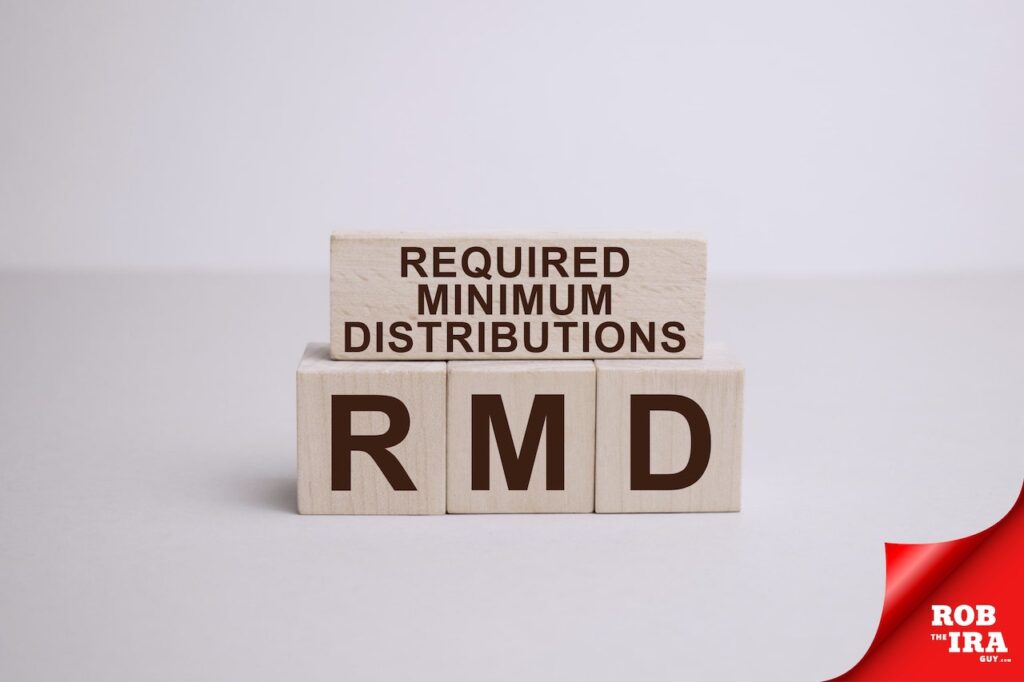Tips for More Efficient RMD Management in Retirement
Required Minimum Distributions (RMDs) are an essential aspect of retirement planning that can significantly impact your tax liabilities. Beginning at a certain age, retirees are required to withdraw specific amounts from their retirement accounts, which are then subject to taxes. While RMDs ensure that retirement savings are eventually taxed, strategic planning can help minimize the tax burden associated with these mandatory distributions. This article explores various strategies for efficiently navigating RMDs, aiming to preserve more of your retirement savings.
Navigating RMDs: Understanding the Basics
RMDs are the minimum amounts that a retiree must withdraw from their retirement accounts annually, starting at a specific age. The IRS mandates RMDs to ensure that individuals do not simply accumulate retirement funds tax-deferred indefinitely.
Here’s a closer look at the key aspects of RMDs:
Affected Accounts: RMDs apply to employer-sponsored retirement plans like 401(k)s, 403(b)s, and 457 plans, traditional IRAs, and Roth 401(k)s. Roth IRAs are exempt from RMDs during the account owner’s lifetime because they are funded with after-tax dollars.
Age Requirements: As of recent guidelines, individuals must start taking RMDs at age 72, or 73 if the account holder reaches 72 in 2023 or later. This age was updated from 70½ following recent retirement legislation, allowing more time for savings to potentially grow before withdrawals begin.
Calculation of Amounts: The amount required for each RMD is determined by dividing the retirement account’s prior year-end balance by a life expectancy factor set by the IRS, which can be found in IRS tables. These factors take into account the account holder’s age, potentially extending the distribution period and reducing the annual withdrawal amount.
Navigating RMDs: Strategies to Minimize Taxes on This Income
Minimizing the tax impact of RMDs requires careful planning and strategic action. Here are several strategies to consider:
Strategic Withdrawal Timing: If you don’t need the RMDs for living expenses, consider delaying your first RMD until April 1 of the year after you reach the required beginning age. This could potentially allow for more tax-deferred growth, but keep in mind that you’ll have to take two distributions in that year, which could increase your tax burden.
Roth Conversions: Converting portions of your traditional IRA or 401(k) to a Roth IRA can reduce future RMDs and their tax implications, as Roth IRAs do not require RMDs during the owner’s lifetime. This strategy requires paying taxes on the converted amount but can lead to tax-free withdrawals later.
Qualified Charitable Distributions (QCDs): Directly transferring your RMDs to a qualified charity can satisfy your RMD requirement without the distribution being added to your taxable income. This can be a powerful strategy for those who are charitably inclined, as it can lower your adjusted gross income and potentially reduce your tax liability.
Navigating RMDs: Planning Before Retirement
Effective RMD planning doesn’t start at retirement; it begins well before you’re required to take distributions:
Account Diversification: Diversifying your retirement savings across different account types (e.g., traditional IRA, Roth IRA, taxable accounts) can provide more flexibility in managing taxable income in retirement and strategically planning RMDs.
Early Withdrawals and Conversions: In some cases, it may make sense to start withdrawals from your retirement accounts or to convert to a Roth IRA before reaching RMD age. This can spread out the tax impact over more years, potentially keeping you in a lower tax bracket.
Consulting with Professionals
Given the complexities surrounding navigating RMDs and their implications for your overall retirement strategy, consulting with a financial advisor or tax professional is invaluable. They can provide personalized advice tailored to your financial situation, helping you navigate the rules and optimize your approach to RMDs.
Are You Prepared for Navigating RMDs?
Effectively managing Required Minimum Distributions is a crucial component of a comprehensive retirement strategy. By understanding how RMDs work and employing strategies to minimize their tax impact, you can better preserve your retirement savings. Of course, it’s recommended to approach these strategies with the guidance of a financial advisor or tax professional to ensure compliance and optimization according to your personal financial situation.
Are you ready to speak with a financial professional you can trust? Our team provides comprehensive retirement planning services, with a focus on solutions that provide greater comfort and security and help you enjoy the rewards of life. Contact us today to request a complimentary financial review with Rob the IRA Guy!








